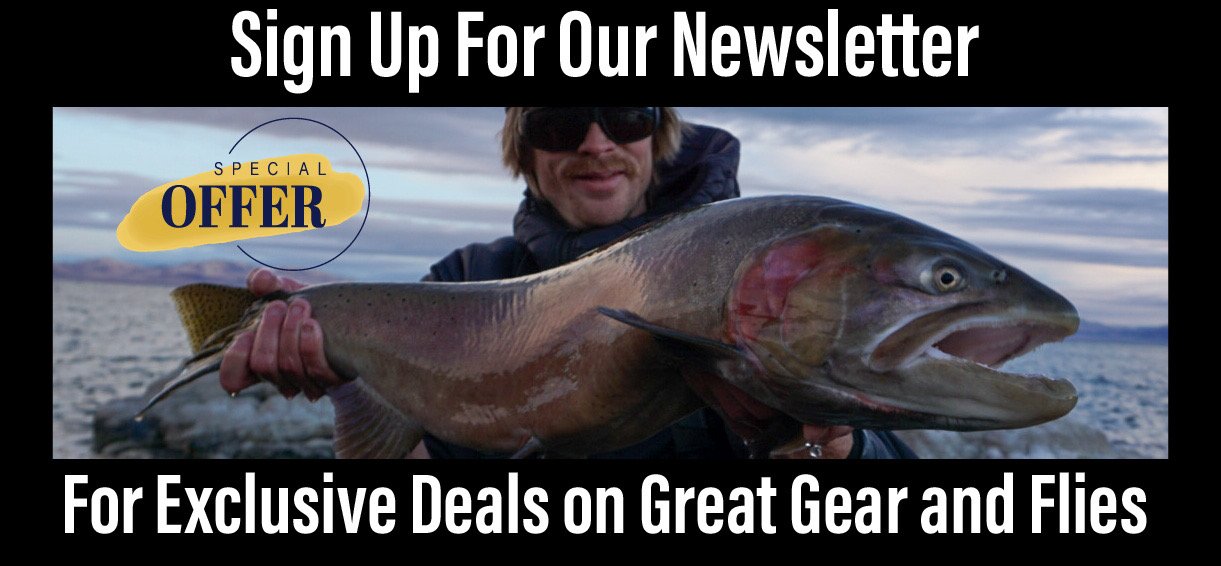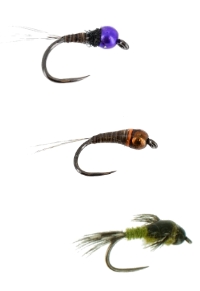Fly Fishing Nymphs
Fly Fishing Nymphs
Nymph flies are arguably the most important flies to have when fly fishing for trout. The reason nymph flies are so important is because 90% of a trout’s diet is made up of nymphs. What exactly are nymphs you may ask, well the answer is quite simple. Nymphs are an immature form of an insect that does not change greatly as it grows. Nymphs resemble an adult insect, easily seen in our nymph beadhead flies, apart from having underdeveloped reproductive organs and wings, and develop into an adult without a pupal stage.
There are thousands upon thousands of different fly fishing nymphs. Of these, there are three main categories that they all fall into, Mayflies, Caddis Flies, and nymph Stoneflies. In no particular order, the first of these is the Mayfly category. Mayfly nymphs are found in all sorts of freshwater environments including rivers, lakes, creeks and ponds. These flies are slightly different then our dry mayflies, though still one of the most important food sources for fish. Popular nymph flies that represent mayflies are pheasant tails, copper johns, and bird’s nests.
Caddis fly nymphs are another important category in fly fishing nymphs. Caddis fly nymphs can be found in trout streams usually starting in May and ending in late October. They technically aren’t nymphs but rather larvae and pupae. Fine examples of caddis fly fishing nymphs are hare’s ears, buckskins, and caddis larva flies.
Stonefly nymphs are the biggest and badest fly fishing nymphs of them all. They also make great steelhead nymph flies and euro nymphing flies as well. Stonefly nymphs will only be found in super clean, highly oxygenated, fast moving water. The reason for this is, a lot like fish, they have gills which extract oxygen from the water. If they become trapped in still or stagnant water, they will end up dying. What’s really cool is that most stoneflies will crawl out of the water and on to dry land to hatch, so it is very easy to tell when they are hatching. Also, because of their size, you can easily see them when they are flying around. They can be so big that when they land on leaves and tall grasses, they often cause them to lean over as they can not support the weight of these bugs. Good fly fishing nymphs to cover a stonefly hatch are Copper Stoneflies, Turds, and Kaufmann’s Rubberleg Stonefly. Keep in mind that if you are using these as steelhead flies or euro nymphing flies, you will want to make sure that you buy these in the bead head or tungsten versions in order to get the necessary weight that is associated with flies in these categories.




































